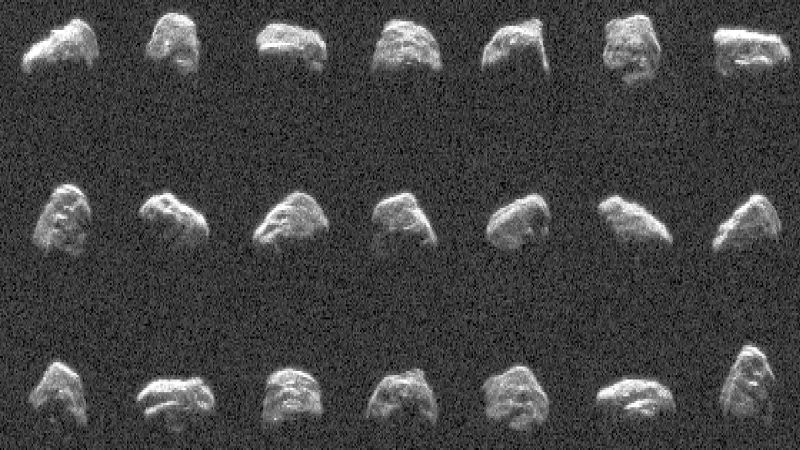Time: 2024-07-08
Near - Earth asteroids are a fascinating subject for astronomers and scientists alike . Recently , NASA released spectacular new images of one of the largest asteroids to pass close to Earth in recent years . This particular asteroid , known as 2011 UL21 , is approximately a mile wide in diameter and was discovered in 2011 by the NASA - funded Catalina Sky Survey in Tucson , Arizona . The asteroid made a close approach to Earth on June 27 , passing within 4.1 million miles of our planet.

During the same observations of asteroid 2011 UL21 , NASA also snapped images of another asteroid , 2024 MK , which was only discovered on June 16 . This asteroid passed by Earth at a distance of 184,000 miles , revealing details about its surface features including concavities , ridges , and boulders . The radar images provided valuable insights into the physical properties of this near - Earth object.
Astronomers at NASAs Jet Propulsion Laboratory in Pasadena , California , used planetary radar through the Deep Space Network to track and take images of these asteroids . The Deep Space Network is a vital system of radio antennae on Earth that helps NASA communicate with spacecraft exploring our solar system and releases radio waves to act as radar across space.
The discovery of binary systems like asteroid 2011 UL21 and its moonlet companion is crucial for understanding the formation and composition of asteroids in our solar system .
Asteroids are remnants left over from the formation of the solar system and studying them can provide valuable insights into the history and composition of our cosmic neighborhood . The radar observations of asteroids like 2011 UL21 and 2024 MK offer a glimpse into the diverse and dynamic nature of near - Earth objects , enriching our understanding of the universe.